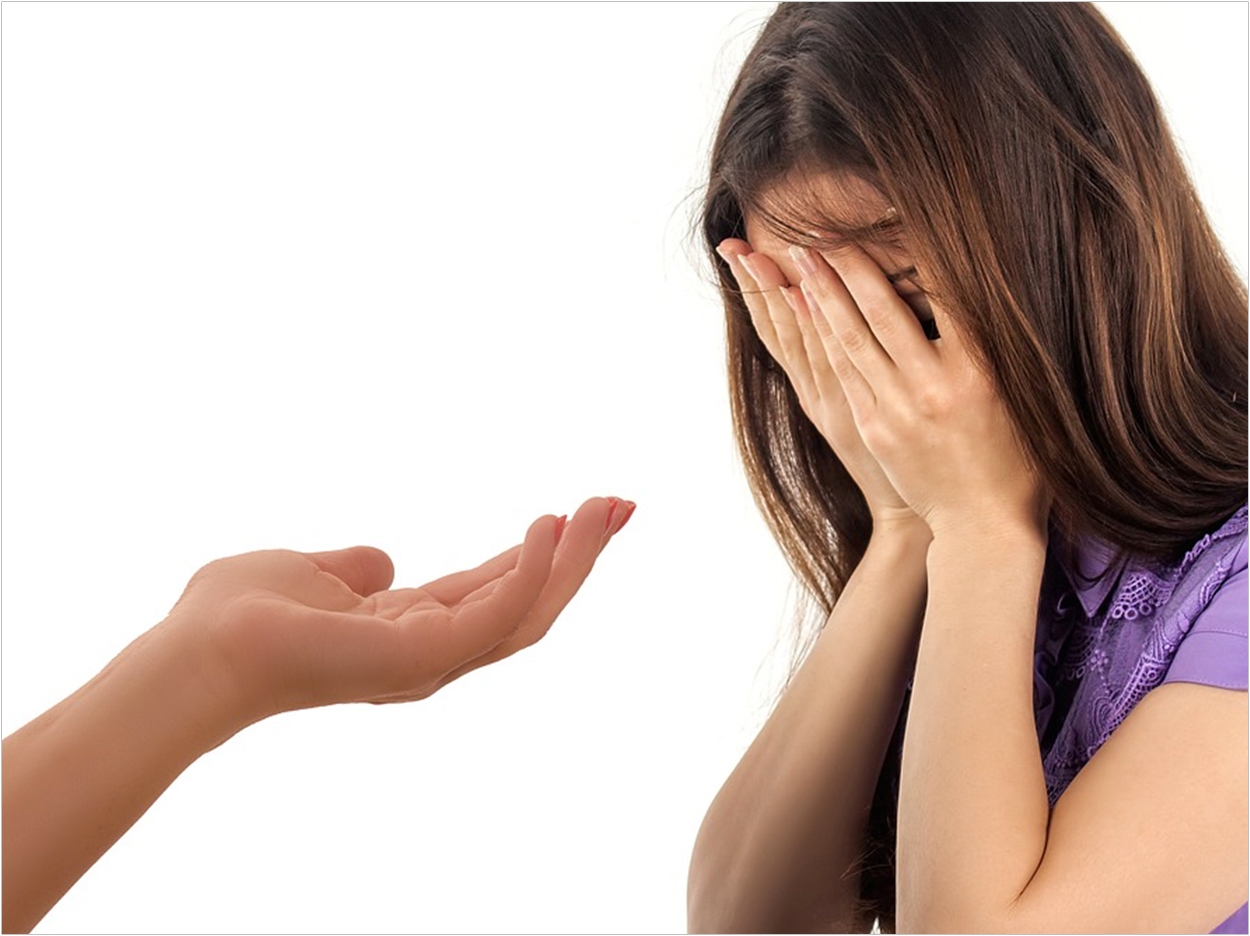
Dental students in California experience depressive symptoms at a rate similar to those of medical students and higher than the general population, according to a multi-institute team of researchers.
According to the study, compromised mental health is experienced by a noteworthy proportion of dental students who require accessible resources, and identifying the prevalence of major depressive symptoms in these students is only the first step.
Also, the researchers said, the study’s findings represent an opportunity to create dynamic interventions at dental schools that offer support for students in need.
In 2018, survey forms were sent to 2,552 domestic and international predoctoral dental students at six California dental schools:
- The University of California San Francisco School of Dentistry
- The University of California Los Angeles School of Dentistry
- The University of the Pacific Arthur A. Dugoni School of Dentistry
- The Loma Linda University School of Dentistry
- The Herman Ostrow School of Dentistry of the University of Southern California
- The Western University of Health Sciences College of Dental Medicine
The participation rate was 19.1%.
Dental students face unique pressures, the researchers said. Though dental students experience stressors similar to those of medical students, they also face significantly higher educational debt, a greater frequency of chronic pain and injury, and higher risk of exposure to bloodborne pathogens.
However, few studies of depression among dental students in the United States are available. This is the first multi-institutional study to investigate depression in dental students in the United States, the researchers said.
The surveys were conducted well before the COVID-19 pandemic, which has introduced a new set of pressures to dental students, the researchers added.
Among the findings:
- International students reported more depressive symptoms than domestic students (48% versus 26%).
- Among domestic students, first-year and third-year students reported the highest proportions of major depressive symptoms (30.8% and 31.43%).
- Those planning careers in academic dentistry had the lowest proportion of participants with major depressive symptoms (14.8% versus 22.1% to 36.5% for other categories of post-graduation plans).
- Those who identified as minority in terms of ethnicity, religion, gender identity, or sexual orientation were significantly more likely to have major depressive symptoms.
Additionally, the researchers found that confidence in a simulation lab or clinic was a significant factor associated with depression, which may be due to the field’s tendency to attract conscientious individuals with perfectionist tendencies who have not encountered previous academic challenges.
For example, students who do not grasp haptic skills easily often experience a sense of failure, contributing to depression, the researchers said.
The study examined multiple other factors and their association with depression as well, including social elements such as having a best friend, physical activity, financial pressures, and a sense of belonging to a community.
The researchers called for additional research to identify students who may be at risk and to help develop solutions to improve the well-being of all students.
The study, “High Depressive Symptom Prevalence in Dental Students Associated with Lifestyle and Well-Being Characteristics,” was published by the Journal of Dental Education.
Related Articles
The United States Again Dominates the World’s Best Dental Schools in 2020
Feeling Stressed? You Can’t Provide Quality Dental Care Without Self-Care
Employee Mental Health Requires Support During the Pandemic












